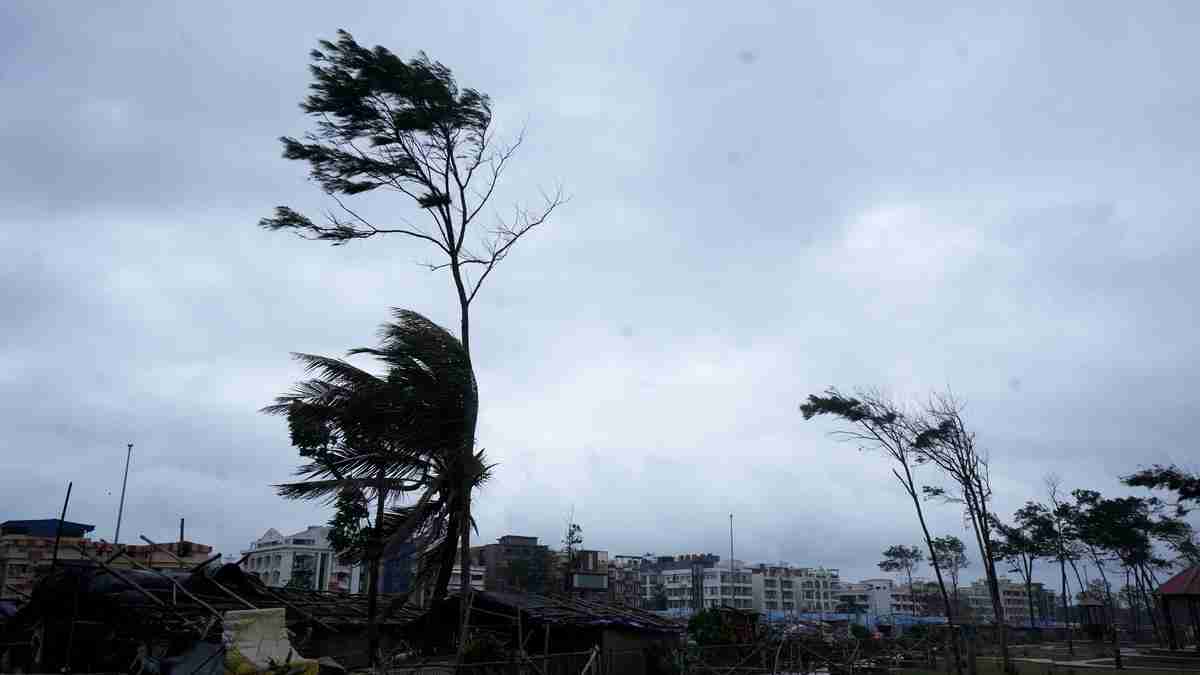In a significant victory for Odisha’s disaster management efforts, Chief Minister Mohan Charan Majhi proudly declared the success of the state’s “zero casualty mission” shortly after Cyclone Dana struck its coast. This achievement coincided with the 25th anniversary of the 1999 super cyclone that took over 10,000 lives. The state’s proactive disaster preparedness has made it possible to avoid the devastating human losses that once marked Odisha’s history with October cyclones.
#WATCH | Odisha CM Mohan Charan Majhi says, "#CycloneDana made landfall on the intervening night of October 24 and 25 between Bhitarkanika and Dhamra coasts. This process continues till 7:00 am, today… Due to vigilant administration and preparedness, there has been no… pic.twitter.com/CuRCeuCtTA
---Advertisement---— ANI (@ANI) October 25, 2024
Odisha’s Preparedness for Cyclone Season
As one of the Indian states most frequently impacted by tropical storms, Odisha has developed comprehensive preparedness for cyclones, especially in October. Since the devastating 1999 event, Odisha has reduced fatalities to double digits even in strong cyclones like Phailin (2013), Titli (2018), and Fani (2019), thanks to meticulous planning and improved resilience.
Quick Evacuations and Comprehensive Planning
The state acted swiftly five days before Cyclone Dana’s landfall, mobilizing National Disaster Response Force (NDRF), Odisha Disaster Rapid Action Force (ODRAF), and state police teams. In a matter of days, they relocated six lakh people to safe shelters. The state’s careful planning also ensured that 6,000 pregnant women were evacuated to healthcare facilities, with 1,600 successful births during the cyclone’s approach.
Rapid Restoration Efforts Post-Cyclone
Although Cyclone Dana left damage in its wake, uprooting trees, blocking roads, and impacting power lines, Odisha’s response teams promptly cleared blocked routes and shared clear timelines for restoring power in affected districts such as Kendrapara, Balasore, and Bhadrak.
Advanced Coordination and Deployment of Expertise
Focused planning helped identify and prioritize the districts most vulnerable to the cyclone, with 20 NDRF teams and 51 state disaster units stationed in strategic locations. The deployment of experienced IAS officers in these areas helped execute timely evacuations, safeguard essential services, and ensure effective communication.
How Odisha Became a Leader in Disaster Management
Odisha’s well-prepared disaster management structure has its roots in reforms taken after the 1999 super cyclone. Odisha became India’s first state to establish a dedicated disaster management authority, predating the formation of the National Disaster Management Authority (NDMA) in 2005. The state has continuously enhanced its resilience by constructing over 800 multi-purpose cyclone shelters along its coastline and reinforcing embankments with assistance from the World Bank and central agencies.
Also Read: CBI Arrests Delhi Police Constable Accused In Kidnapping Case. Details Here
Strengthening Community Engagement and Infrastructure
Local involvement remains central to Odisha’s strategy. The Odisha Disaster Rapid Action Force conducts mock drills at the village level twice a year to keep communities ready for emergencies. Additionally, vulnerable families, particularly fishing communities, have been relocated to resilient housing, reducing the risks posed by fragile straw huts.
Odisha’s Leading Role in Early Warning Systems
Odisha has also led the way in developing early warning systems for disasters. With sirens installed in over 1,200 coastal villages, alerts now reach even the most remote areas, giving residents ample time to respond to imminent threats.
Through a combination of early planning, community preparedness, and well-built infrastructure, Odisha has evolved as a model state in disaster management, setting a national benchmark for how to manage natural calamities with minimal loss of life.
Also Read: SC Directs Delhi HC To Expedite Bail Hearing For Sharjeel Imam In 2020 Delhi Riots Case













